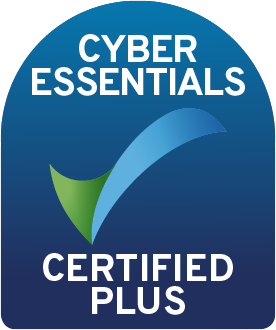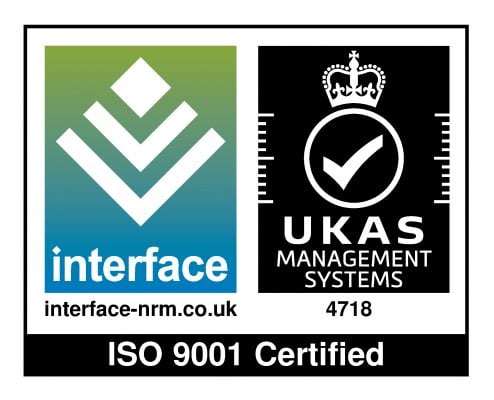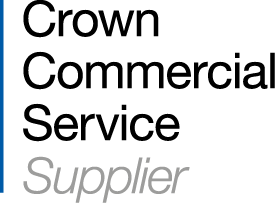Your learning management system is a platform that can serve as a virtual classroom, a virtual boardroom, an online resource hub or library, and so much more. In short, it has the power to facilitate an entire learning ecosystem to help support your business or organisation’s multi-faceted learning and development programmes.
With this in mind, it’s essential that your LMS also accurately reflects the organisational structure of your business or organisation so that access to individual role and team learning programmes is securely maintained, along with the ability to safeguard data.
The best way to achieve this is to use the hierarchies feature of your LMS. Hierarchies allow you to mirror the structure of your business, mapping out a positional hierarchy that can be based on job role, skill level, audiences, permissions etc. If you’re not familiar with how to successfully utilise hierarchies in your LMS, then read our top tips below!
Replicating your organisational structure
If you’re starting from scratch, the best thing to do is to map out your current organisational structure and transfer it onto your LMS. Begin with identifying current job roles, departments, department heads, experience or employee ranking within the company. Your HR department is likely to be the best resource here.
In the past, it might have been that most businesses operated in a traditional pyramid structure but today, business structures are not always so linear. They are often complex and networked at multiple levels including non-linear relationships between business units. If you're looking at a new LMS, pay special attention to the flexibility of its hierarchy feature to ensure that it can cope with these changing corporate structures.
It’s worth keeping in mind that this complexity presents a real challenge for most LMS platforms because most still only support the old pyramid-style organisational structure. Thus, if your unique business structure doesn’t fit this 'box', a business risks having to spend excessive amounts of time and money creating workarounds, resulting in a wide range of business limitations and missed opportunities.
The answer here is to find an LMS that can support your current structure without having to bend over backwards to make it fit into the rigid functionality of an outdated LMS. Totara is renowned for the flexibility of its LMS which means the hierarchy feature can facilitate a complex structure that mirrors the exact infrastructure of your business.
Limiting access on LMS hierarchies
The benefit of using an LMS is that all the content, lessons, reports etc. are readily available and easily accessible on one platform. However, you may want to put limitations in place as it’s unlikely you’ll want all information to be readily available to everyone.
Just as training documents may have once been locked away in a filing cabinet only accessible by managers, you can decide who is given access to specific areas of your e-learning platform such as who can see reports or complete certain courses.
In order to do this, you need to assign permissions to individuals or groups based on job roles or departments. Once you have your hierarchy structure in place this should be a straightforward task to do and as more people join the business, they can be added to the infrastructure and given access automatically in accordance with the existing hierarchies.
You’ll want to give your LMS admin full permissions as it means they can easily manage the platform without frequently having to ask to be granted access. Alternatively, each hierarchy level can also have a unique administrator for a specific level: by store, by department, by function, and so on. Administrators at each hierarchy level and location can receive permission to enter, edit, deactivate, and otherwise manage users within their assigned level and location.
If you’re not sure how to structure these permissions, here’s an example of how you could assign them within an accounting department. Full permissions could be granted to everyone within the department for something like general excel training documents. You may then want to limit permissions for more specific training that requires employees who look after larger accounts.
Then, you can give access to all the results and progress reports of those within the department to their direct line manager whilst also allowing employees to see their individual results.
LMS reporting
Making the most of your reporting function is hugely beneficial for all users of your LMS as reports can provide insight into platform usage, course completion, engagement, certifications etc. It also means individuals who are showing great potential in their training and performance can easily be singled out.
Reports can be configured based on hierarchies as your LMS admin can create custom reports and grant permissions so that reports are made available to those who are required to see them. These reports can run in the background so that they are created and distributed automatically.
LMS compliance training
Mandatory compliance requirements mean training needs to be carried out on a regular basis in order to keep up with the latest regulations. Assigning training, monitoring course completion and redistributing courses if an individual has been unsuccessful in completing a course can be time-consuming. As any business will know, failure to successfully ensure all compliance training is completed can have detrimental consequences, so using an LMS is a sure way to make the process more streamlined with fewer chances of human error.
Using the hierarchies feature, you can create compliance structures to ensure necessary training is carried out. Courses can be automatically assigned based on the department in which an employee sits. Using the reporting function, you can have full visibility of who still is yet to complete training or who has failed to meet requirements. Making the most of this feature will leave your L&D department more time to focus on the content, ensuring it’s correct and up to date.
Create role-based learning paths
Perhaps one of the best things about using the hierarchies feature is that it allows for your e-learning platform to be personalised and tailored to each individual. A great example of a way to achieve this is to create a personalised learning path.
Content can be available to individuals based on predefined criteria such as skill level, job role or based around courses that they have already completed. One of the quickest ways to lose the interest of a learner is to ask them to complete a course that is not relevant to their position. Using hierarchies, content distribution is responsive and will automatically assess what is relevant to a learner without requiring an L&D administrator to manually manage this.
Importance of LMS hierarchies
Although the initial input and creation of your organisational structure, permissions and assignments using the hierarchies function will require careful planning and time management to start. An LMS hierarchy impacts the efficiency of every function within the learning system and gives your organisation the greatest possibility for success with its learning programmes.
Not only can you save your L&D team time and resources, but you will also ensure the best outcome for your employees as learners have a clear, relevant learning journey and managers are given all the necessary performance information automatically.
Whether you’re looking for a new LMS or switching over to an LMS which is capable of solving more complex L&D challenges, such as guiding you through the process of setting up audiences and complex hierarchies. If you’d like to find out more about how these features help create an LMS that reflects your organisational chart, don’t hesitate to get in touch!
As a Totara Platinum Alliance Partner and Moodle expert, we design and deliver high-quality e-learning solutions for leading UK businesses and organisations, building lasting relationships so that they can realise the full potential of their learning and development projects. Book a free demo with one of our experts to learn first-hand what an LMS from Hubken is capable of!

Explore HubkenCore – our unique SaaS LMS offering
Ready to see how our new LMS bundled solution is revolutionising how you purchase an e-learning solution?



